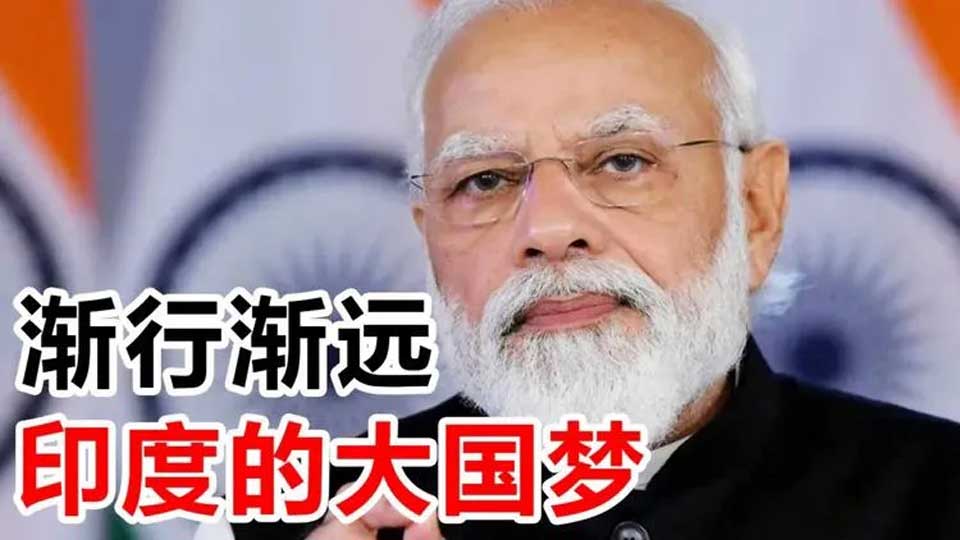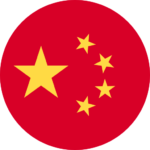
A day after China and the United States reached a breakthrough tariff agreement—cutting U.S. tariffs on Chinese goods from 145% to 30%, and China’s tariffs on American goods from 125% to 10%—India’s surprise trade move made headlines.
Last week, India filed a formal dispute with the World Trade Organization (WTO), challenging U.S. tariffs on steel and aluminium. The announcement triggered a wave of discussion on Chinese social media, where many users mocked India for attempting to emulate China’s tough stance toward Washington without possessing the necessary leverage.
A trending hashtag on Weibo launched by the news outlet Observer (观察者网), #印度学者称强硬起来也能跟中国一样同美达成协议# (“Indian scholar says being tough can also reach a deal with the U.S. like China did”), captured the popular sentiment.
“The proposed retaliatory tariffs are the first sign that India is willing to ‘stand up and take a tough stance,’Guancha wrote in the post, citing trade expert Biswajit Dhar. “China’s success in pushing the U.S. toward a deal shows that India ‘must more firmly defend its own interests and demonstrate its courage.’”
Chinese social media commentators argued that India was “mysteriously confident” and blindly copying China. Some posts even spread an unverified claim that the U.S. was planning to retaliate against India with a 500% tariff on select goods, including textiles and electronics—sectors that are especially vulnerable due to their dependence on Chinese components.
One WeChat article titled “India Copies China to Confront the U.S., Gets Hit with 500% Tariff? This Move is Too Magical!” analyzes India’s misstep from the Chinese perspective. Here’s a breakdown of its key points:
- Lack of Leverage: Unlike China, which holds strong cards like rare earths, a robust manufacturing base, and a massive domestic market, India exports mostly low-value goods and relies heavily on Chinese components—leaving it with little real bargaining power.
- Poor Timing: India’s move came just as the U.S. and China reached a tariff deal. With Trump under pressure not to appear weak on China, India became a convenient target for a tough U.S. response.
- Strategic Confusion: India is trying to resist the U.S. while also playing the role of an anti-China ally, but this balancing act leaves it isolated—criticized for lacking a clear and consistent strategy and risking being used as a pawn in great power politics.







